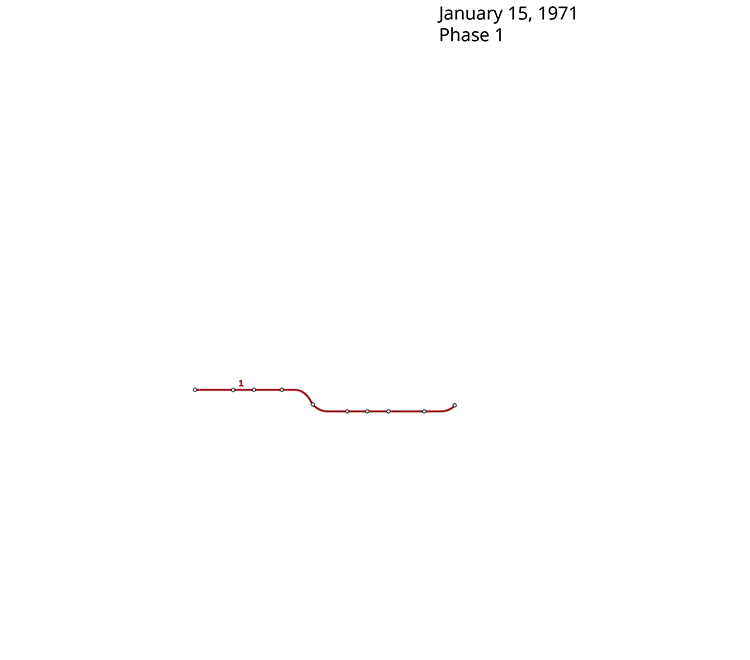A History of Beijing’s Subway
Government Planners looked to Moscow’s design, which began
operation in 1935. First proposed in 1953, Chinese leaders decided on a subway
rather than above-ground transport partially out of a desire to create a means
of transportation in and out of the central city that couldn’t easily be
destroyed by conventional bombs, reportedly admiring how Moscow’s stations were
used as effective bomb shelters for civilians. Construction began in 1965 with
the first line opening 1969.
A second line was opened to the public (built and opened in
the 1970s but only for government use) in 1984, and no further new lines were opened
until 2002, although there were expansions of the first two lines.
In 2001 Beijing won the bid to host the 2008 Summer Olympic
Games, which helped make expanding the transportation capacity of China’s
capital city a high priority. Beginning with the opening of Line 13 (which is
only the 3rd line) in 2002, Beijing has entered a period of rapid
expansion of the subway system, including above-ground lines, to it’s current configuration of 16 lines and
442 kilometers, which accounts for ¼ of all kilometers of metro railway in
China.

Image: http://en.wikipedia.org/wiki/File:History_of_Beijing_Subway_en.gif
Plans for the future are to keep expanding the metro at an
ever-increasing pace, with a goal of expanding China’s metro rail systems to 10
times their current size by 2050, with Beijing’s system being a top priority.
Even with this immense growth, Beijing’s metro is barely the
largest in China; Shanghai is a close second with 437 kilometers of track
(which only opened in 1995), giving
China both the first and second longest metro systems on Earth.
Moscow’s began in 1935 and saw steady expansion through the
mid-90s, with only a few kilometers added in the last 20 years.
Sources:

I'll be interested to hear how Beijing prices transit. Is there a premium for faster service? What are the subsidies to riders compared with the US? Looking forward to hearing more!
ReplyDeleteThe incredible speed with which most of these lines were created just blows me away - what a sudden change for the whole city. My dad has spent some time in Beijing over the last years, this makes me want to ask him his experiences with the trains and how the changes have unfolded over the city...
ReplyDelete